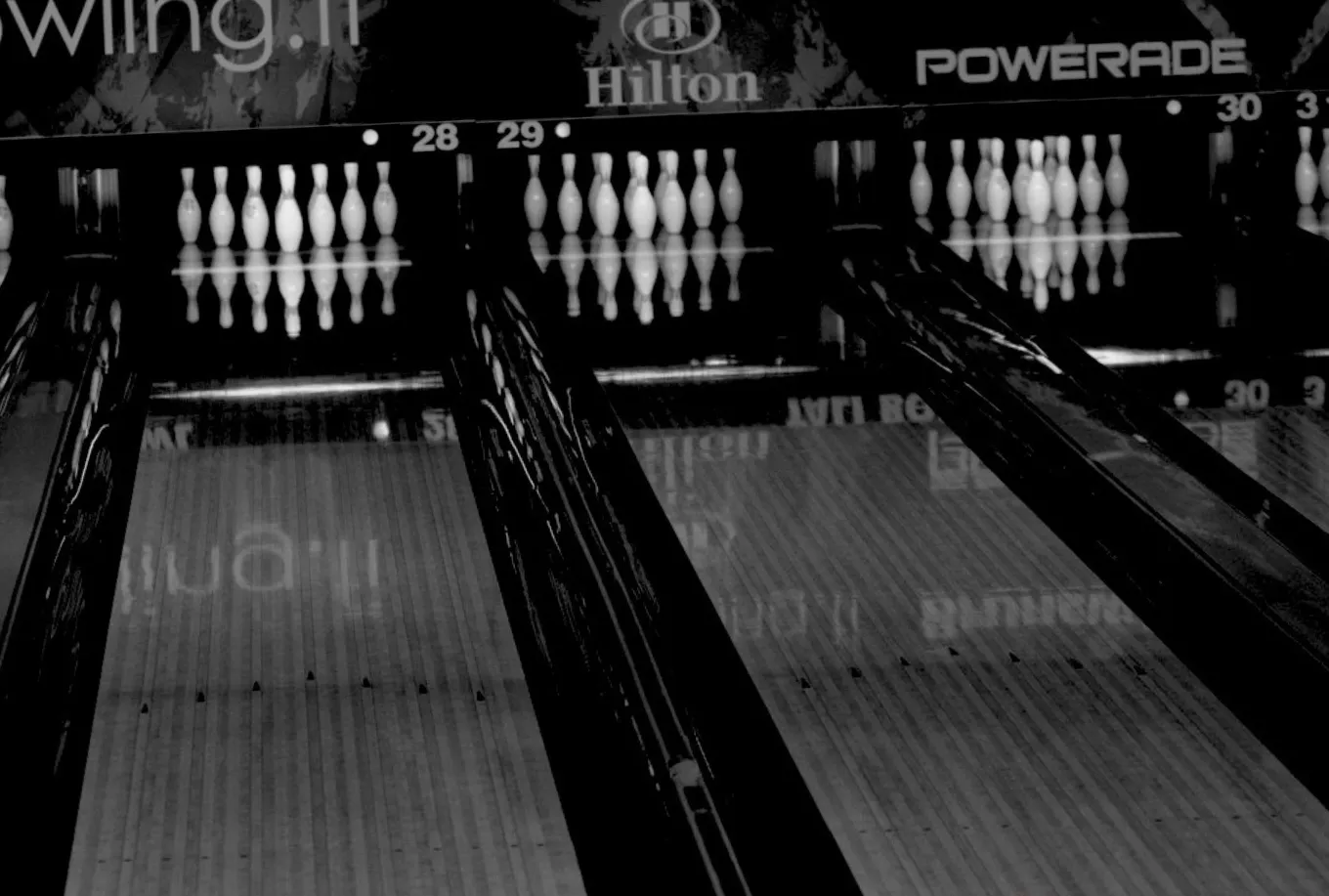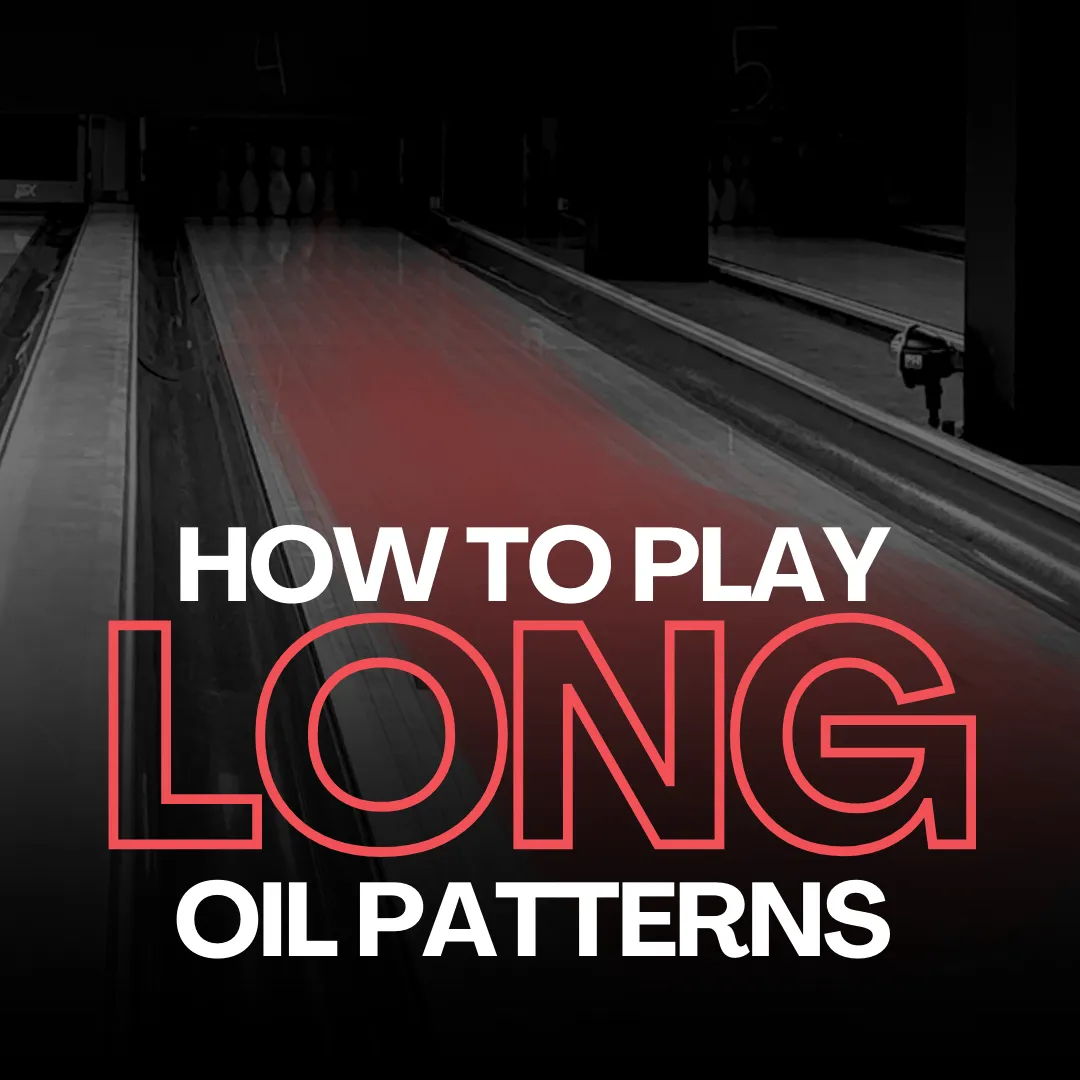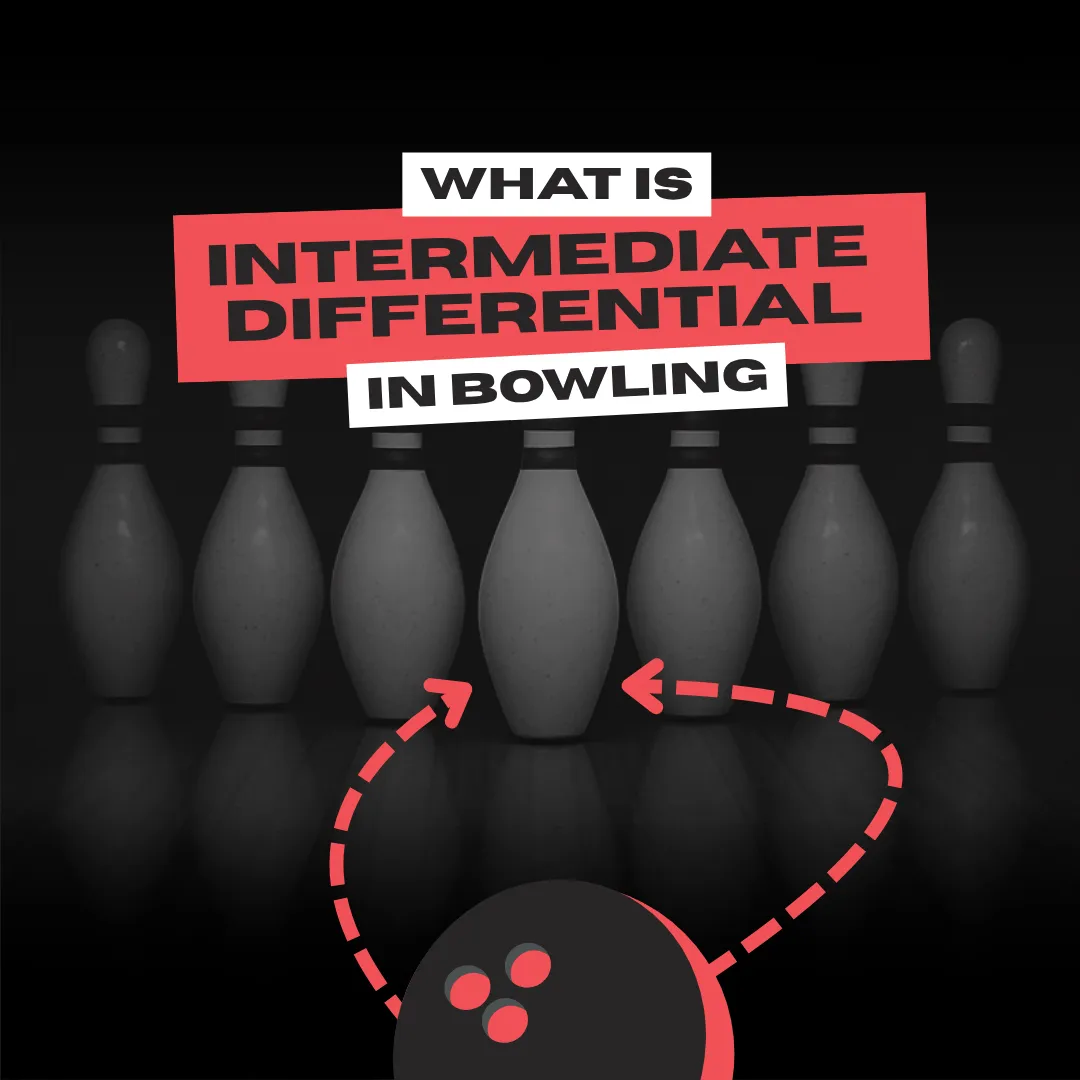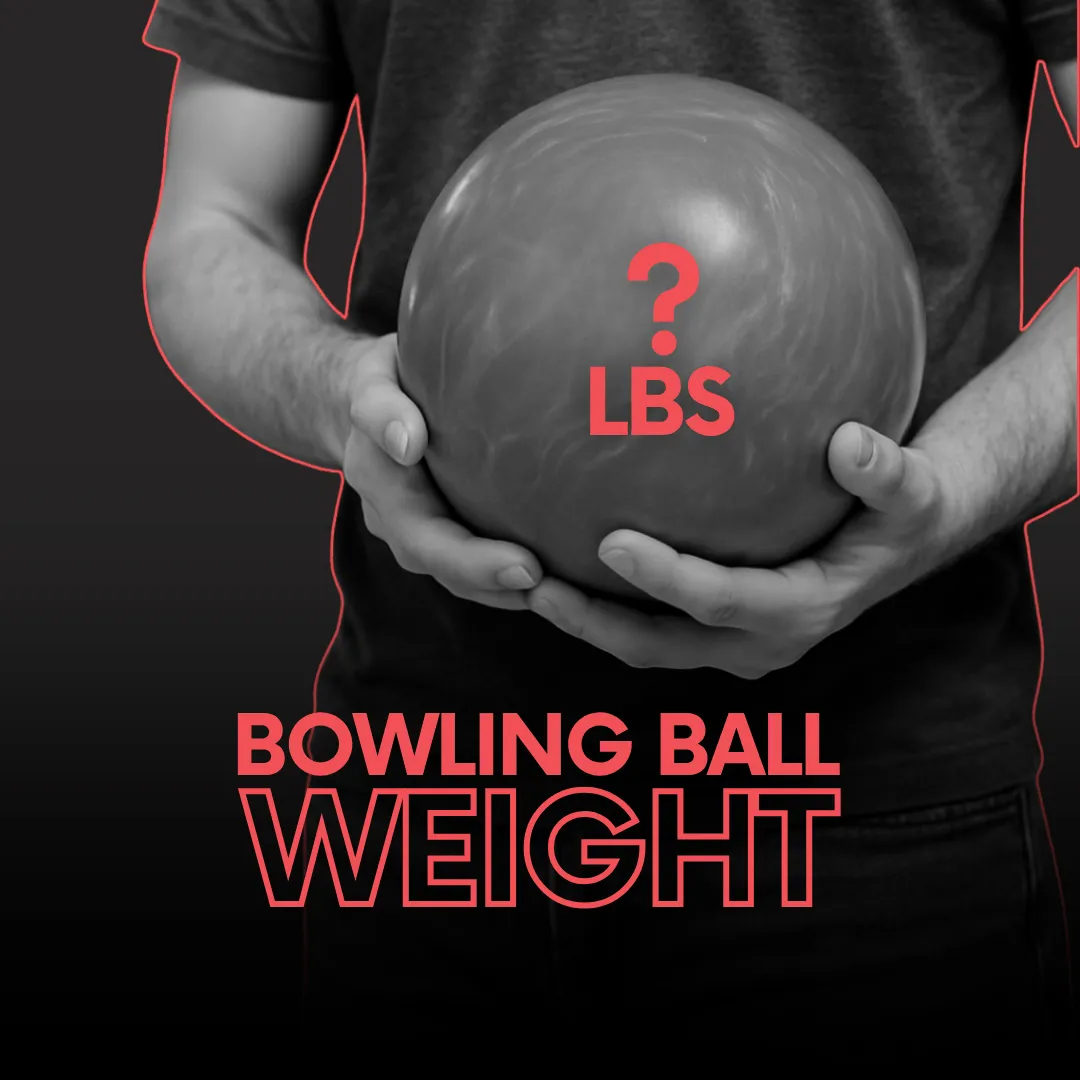Many bowlers struggle when the lanes dry out. The ball hooks early, misses the pocket, and becomes tough to control. Knowing how to bowl on dry lanes gives you an advantage.
With the right ball choice, speed adjustments, and targeting, dry conditions can become manageable. This article covers the key aspects of how to bowl on dry lanes with confidence.
Understanding Dry Lanes
On dry lanes, friction is high and the ball reacts quickly. A shot that normally hits the pocket may now barely touch the head pin.
Dry lanes appear for many reasons. First, how fast a lane dries depends on the viscosity of the oil used. Thinner oils move faster, which makes the lane dry out quicker. Short oil patterns also typically have lower volume, so they dry faster. Lane surface matters too — wooden lanes dry out faster than synthetic ones. Even heat and humidity inside the bowling center can accelerate the process by evaporating oil.
Beginners often enjoy dry lanes because they see more hook than usual, even without high speed or revs. Experienced bowlers, with more power and rotation, usually struggle more. That’s why learning how to bowl on dry lanes is an essential skill for every serious player.
How to Bowl on Dry Lanes?
1. Use the Right Bowling Balls
Choose weak reactive pearl ball that creates delayed hook. Or, even go with plastic one. Here are some of the best bowling balls for dry lanes:
-
Motiv Max Thrill Pearl - best Motiv bowling ball for dry lanes
-
Storm Typhoon - best Storm bowling ball for dry lanes
-
Hammer Purple Pearl Urethane - best urethane bowling ball for dry lanes
-
Storm Mix
- best plastic bowling ball for dry lanes
Please note that some links in this article may be affiliate links. If you
make a purchase, we may earn a small commission at no extra cost to you.
This helps us cover the costs of creating better content for you.
When lanes hook early, aggressive reactive balls you normally use
on heavy oil become your worst enemy. They grab too soon and lose energy
before reaching the pins.
Instead, go weaker. Reactive pearl bowling balls work best, as they skid through the front part of the lane and delay the hook. Urethane or even plastic options also help most bowlers by providing control when the lane feels wild.
Also, look for
high RG,
low differential
designs that push the hook further down the lane. A polished surface or a
3000–4000 grit finish also helps.
2. Adjust Your Speed and Release
One of the best things you can do on dry lanes is increase ball speed. The easiest way is to move your feet back on the approach. This naturally increases foot speed and forces you to throw the ball a little faster.
However, speed alone can create side effects. Adding speed often adds revs, which makes the ball hook just as much.
A smart adjustment is to smooth out your release. Stay behind the ball and use less finger rotation for an end-over-end roll. Open your wrist to lower rev rate and keep the ball straighter.
These subtle changes are a cornerstone of how to bowl on dry lanes with consistency.
3. Adjust Your Angles Fast
On dry lanes, the ball dives left quickly (or right if you are a lefty). That means you need to move. The rule is simple: move in the direction of your miss. For right-handers, missing left means moving left.
Use the 2:1 method - two boards with your feet, one with your eyes. On dry lanes, larger moves like 4:2 or even 6:3 may be necessary, so don’t be afraid to move more if needed. By moving closer to the center, you may also find more oil, which helps the ball hold longer.
Keep shifting until the ball finds the pocket. Flexibility is often the difference between just surviving and actually scoring.
4. Surface and Ball Changes
On dry lanes, surface prep is critical. Rough finishes like 2000 grit hook too early. Instead, polish the cover or use higher grit sanding for added skid.
In addition, keep your gear clean. Use a bowling ball cleaner before and after the game. It helps restore length and reduces overreaction. These simple tools are essential when learning how to bowl on dry lanes.
5. Adjust to the Lane Changes
Dry lanes change constantly. Every shot burns more oil, making the lane hook even earlier.
As the transition builds, move deeper inside or switch to weaker equipment.
Experienced players sometimes add loft to clear the front part of the lane,
though lofting can be difficult for amateur bowlers.
Like any
skill, loft takes practice. Controlled loft is one of the most effective
techniques in how to bowl on dry lanes.
The key is awareness. Wait too long to adjust and you’ll leave flat tens or splits. Adjust quickly and the lane works with you instead of against you.
Common Mistakes on Dry Lanes
- Throwing too slow.
- Not flattening your hand.
- Using aggressive equipment designed for heavy oil.
- Refusing to move deeperwhen the ball hooks early.
- Ignoring polish, surface prep, and maintenance.
Avoiding these mistakes is as important as the right adjustments to understand how to bowl on dry lanes.
Final Thoughts on How To Bowl on Dry Lanes
Dry lanes expose every weakness in your game. They punish over-reaction and reward precision and quick thinking.
If you want to master how to bowl on dry lanes, choose weaker balls, adjust your release, and keep moving to find the pocket.
Dry conditions aren’t a curse. They’re a test of patience, awareness, and adaptability. Bowlers who pass that test prove they can score anywhere.





